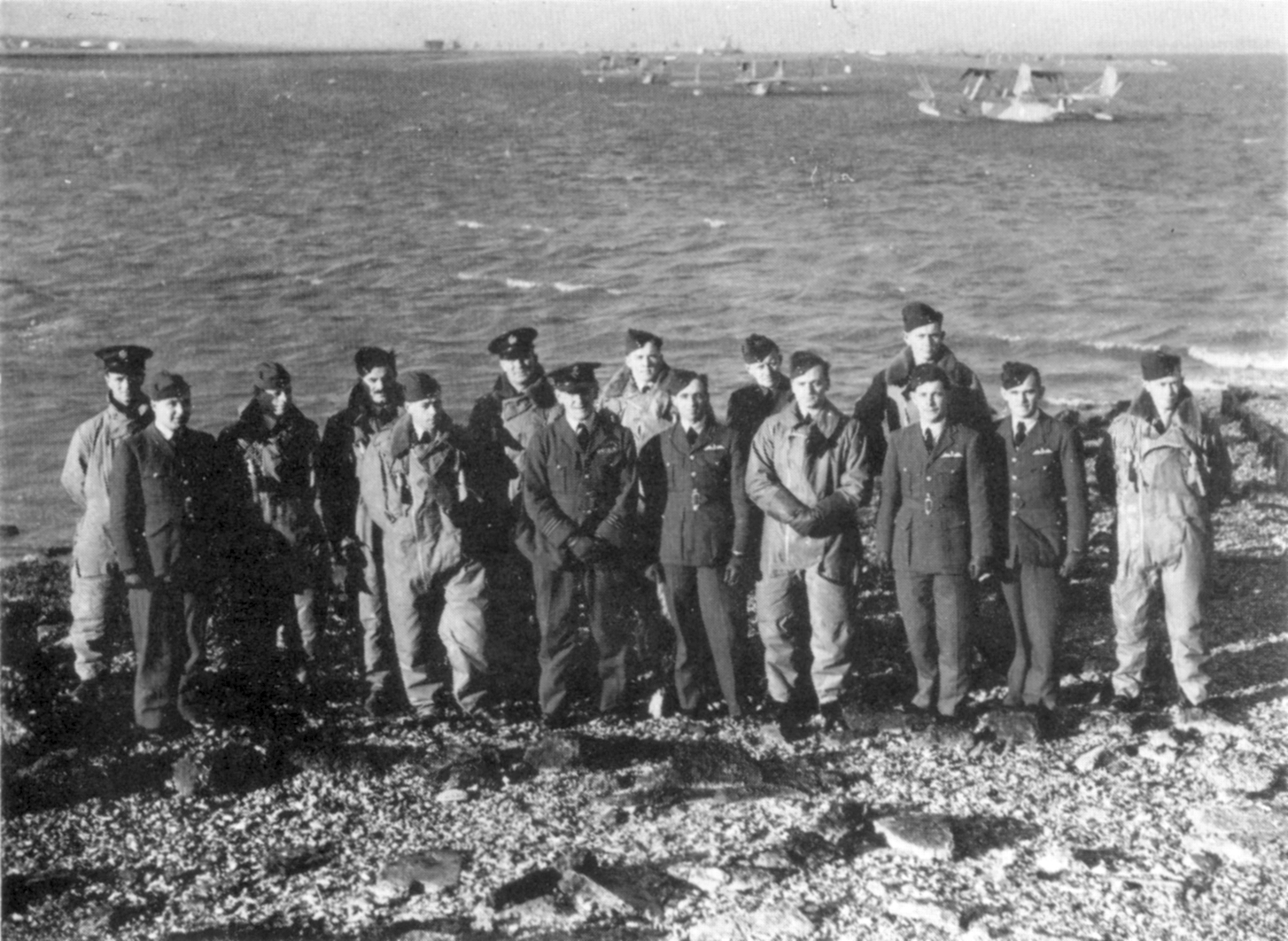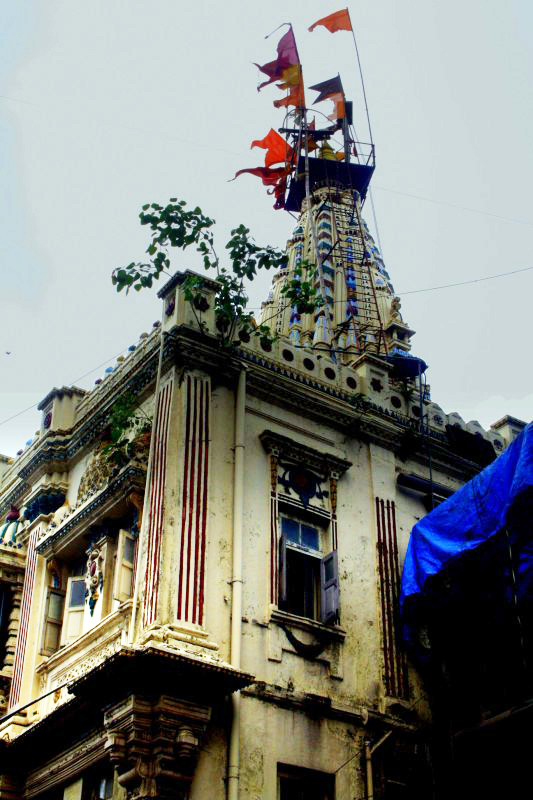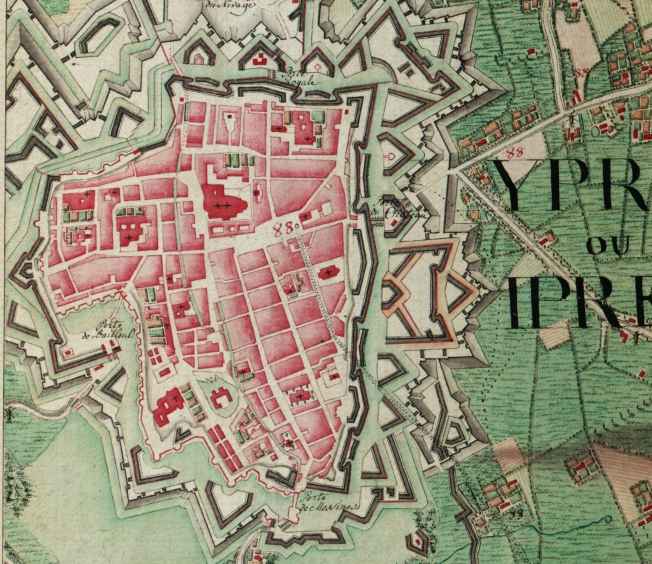|
Frederic Laurence
Group Captain Frederic Hope Laurence, (9 March 1896 – 22 October 1982) was a British flying ace of the First World War, credited with five aerial victories. Early life and background Laurence was born in Marylebone, London, the younger son of Mr. and Mrs. Gerard Laurence, later of Letchworth, Hertfordshire. First World War Laurence was commissioned as a second lieutenant in the 6th (Extra Reserve) Battalion, Worcestershire Regiment, being confirmed in his rank on 6 March 1915. He was later seconded to the Royal Flying Corps, being appointed a flying officer on 23 May 1917. He then served as a flight commander in No. 70 Squadron RAF, No. 70 Squadron, flying a Sopwith Camel single-seat fighter.Shores ''et.al.'' (1990), p.234. He gained his first victory, shared with the rest of his flight, on 28 July 1917 by driving down a German two-seater over Ypres. On 20 October he drove down an Albatros D.V over the Roulers—Menen, Menin road, and another west of Roulers the following day ... [...More Info...] [...Related Items...] OR: [Wikipedia] [Google] [Baidu] |
Marylebone
Marylebone (usually , also , ) is a district in the West End of London, in the City of Westminster. Oxford Street, Europe's busiest shopping street, forms its southern boundary. An ancient parish and latterly a metropolitan borough, it merged with the boroughs of Westminster and Paddington to form the new City of Westminster in 1965. Marylebone station lies two miles north-west of Charing Cross. History Marylebone was originally an Ancient Parish formed to serve the manors (landholdings) of Lileston (in the west, which gives its name to modern Lisson Grove) and Tyburn in the east. The parish is likely to have been in place since at least the twelfth century and will have used the boundaries of the pre-existing manors. The boundaries of the parish were consistent from the late twelfth century to the creation of the Metropolitan Borough which succeeded it. Etymology The parish took its name from its church, dedicated to St Mary; the original church was built on th ... [...More Info...] [...Related Items...] OR: [Wikipedia] [Google] [Baidu] |
6th (Extra Reserve) Battalion, Worcestershire Regiment
The Worcestershire Militia was an auxiliary military force in the English county of Worcestershire. From their formal organisation as trained bands in 1558 until their final service as the Special Reserve, the Militia regiments of the county carried out internal security and home defence duties in all of Britain's major wars, seeing action during the English Civil Wars and the Second Boer War and finally training thousands of reinforcements during World War I. After a shadowy postwar existence they were formally disbanded in 1953. Early history The English militia was descended from the Anglo-Saxon ''Fyrd'', the military force raised from the freemen of the shires under command of their sheriff. It continued under the Norman kings, and was reorganised under the Assizes of Arms of 1181 and 1252, and again by King Edward I's Statute of Winchester of 1285.Hay, pp. 60–1Holmes, pp. 90–1. In 1539 King Henry VIII held a Great Muster of all the counties, recording the number of ... [...More Info...] [...Related Items...] OR: [Wikipedia] [Google] [Baidu] |
Supermarine Southampton
The Supermarine Southampton was a flying boat of the interwar period designed and produced by the British aircraft manufacturer Supermarine. It was one of the most successful flying boats of the era. The Southampton was derived from the experimental Supermarine Swan, and thus was developed at a relatively high pace. According to the aviation authors C. F. Andrews and E. B. Morgan, the design of the Southampton represented a new standard for maritime aircraft, and was a major accomplished for Supermarine's design team, headed by R. J. Mitchell.Andrews and Morgan 1981, p. 96. Demand for the type was such that Supermarine had to expand its production capacity to keep up. During August 1925, the Southampton entered service with the Royal Air Force (RAF), with whom the type gained a favourable reputation via a series of long-distance formation flights. Further customers emerged for the type, including the Imperial Japanese Navy, Argentine Naval Aviation, and Royal Danish Navy. Seve ... [...More Info...] [...Related Items...] OR: [Wikipedia] [Google] [Baidu] |
RAF Calshot
Royal Air Force Calshot or more simply RAF Calshot was initially a seaplane and flying boat station, and latterly a Royal Air Force marine craft maintenance and training unit. It was located at the end of Calshot Spit in Southampton Water, Hampshire, England, at . It was the main seaplane/flying boat development and training unit in the UK, with the landing area sheltered by the mainland, to the west, north and east, and the Isle of Wight, a few miles away to the south on the other side of the Solent, where seaplanes and flying boats were mass-produced by Saunders-Roe. It closed in 1961. Much of the former base has been preserved, with most of the site now being occupied by the RNLI. Origins The station was originally established on 29 March 1913 by the Royal Flying Corps (RFC), as the Calshot Naval Air Station, for the purpose of testing seaplanes for the RFC Naval wing. The station was taken over by the Royal Naval Air Service (RNAS) during the First World War and fi ... [...More Info...] [...Related Items...] OR: [Wikipedia] [Google] [Baidu] |
Ulverston
Ulverston is a market town and a civil parish in the South Lakeland district of Cumbria, England. In the 2001 census the parish had a population of 11,524, increasing at the 2011 census to 11,678. Historically in Lancashire, it lies a few miles south of the Lake District National Park and just north-west of Morecambe Bay, within the Furness Peninsula. Lancaster is to the east, Barrow-in-Furness to the south-west and Kendal to the north-east. History The name ''Ulverston'', first noted as ''Ulurestun'' in the Domesday Book of 1086, consists of an Old Norse personal name, ''Úlfarr'', or the Old English ''Wulfhere'', with the Old English ''tūn'', meaning farmstead or village. The personal names ''Úlfarr'' and ''Wulfhere'' both imply "wolf warrior" or "wolf army", which explains the presence of a wolf on the town's coat of arms. The loss of the initial W in ''Wulfhere'' can be linked to Scandinavian influence in the region. Locally, the town has traditionally been k ... [...More Info...] [...Related Items...] OR: [Wikipedia] [Google] [Baidu] |
Bombay
Mumbai (, ; also known as Bombay — the official name until 1995) is the capital city of the Indian state of Maharashtra and the '' de facto'' financial centre of India. According to the United Nations, as of 2018, Mumbai is the second-most populous city in India after Delhi and the eighth-most populous city in the world with a population of roughly 20 million (2 crore). As per the Indian government population census of 2011, Mumbai was the most populous city in India with an estimated city proper population of 12.5 million (1.25 crore) living under the Brihanmumbai Municipal Corporation. Mumbai is the centre of the Mumbai Metropolitan Region, the sixth most populous metropolitan area in the world with a population of over 23 million (2.3 crore). Mumbai lies on the Konkan coast on the west coast of India and has a deep natural harbour. In 2008, Mumbai was named an alpha world city. It has the highest number of millionaires and billionaires among al ... [...More Info...] [...Related Items...] OR: [Wikipedia] [Google] [Baidu] |
RAF Cranwell
Royal Air Force Cranwell or more simply RAF Cranwell is a Royal Air Force station in Lincolnshire, England, close to the village of Cranwell, near Sleaford. Among other functions, it is home to the Royal Air Force College (RAFC), which trains the RAF's new officers and Aircrew. The motto, ''Altium Altrix'', meaning "Nurture the highest" appears above the main doors of the Officers Mess. RAF Cranwell is currently commanded by Group Captain Joanne Campbell. History The history of military aviation at Cranwell goes back to November 1915,Halpenny (1981), p.74 when the Admiralty requisitioned 2,500 acres (10 km2) of land from the Marquess of Bristol's estate. On 1 April 1916, the "Royal Naval Air Service Training Establishment, Cranwell" was officially born. In 1917 a dedicated railway station was established for the RNAS establishment on a new single track branch line from Sleaford, the train being known as The Cranwell Flyer.A J Ludlam, ''The RAF Cranwell Railway' ... [...More Info...] [...Related Items...] OR: [Wikipedia] [Google] [Baidu] |
Frank Hobson
Frank Harold Hobson, MC (8 October 1894 – 1951) was a British flying ace of the First World War, credited with 15 aerial victories. Biography Hobson was born in Leeds, Yorkshire, on 8 October 1894. He originally served in the Royal Engineers, but transferred to the Royal Flying Corps, being commissioned a temporary second lieutenant (on probation) on 10 May 1917. In September 1917, he scored his first victory while he was assigned to No. 65 Squadron RFC.Franks (2003), p. 64. Flying Sopwith Camel No. B2305, he drove down an Albatros D.V out of control. He then scored triumphs in every month between then and March 1918, except for February. A summary of his record shows ten enemy aircraft destroyed and five driven down out of control. He was awarded the Military Cross The Military Cross (MC) is the third-level (second-level pre-1993) military decoration awarded to officers and (since 1993) other ranks of the British Armed Forces, and formerly awarded to officers of oth ... [...More Info...] [...Related Items...] OR: [Wikipedia] [Google] [Baidu] |
Menen
Menen (; french: Menin ; vls, Mêenn or ) is a city and municipality located in the Belgian province of West Flanders. The municipality comprises the city of Menen proper and the towns of Lauwe and Rekkem. The city is situated on the French/Belgian border. On January 1, 2006, Menen had a total population of 32,413. The total area is 33.07 km² which gives a population density of 980 inhabitants per km². The city of Menen gives its name to the Menin Gate in Ypres, which is a monument to those killed in World War I. The gate is so called as the road from that gate is the road to Menen. The town hall of Menen, with its large belfry, was inscribed on the UNESCO World Heritage List in 1999 as part of the Belfries of Belgium and France site, because of its civic importance and architecture. History Menen's position near the French border led to many sieges in the history of the city. There were as many as 22 sieges between 1579 and 1830. The city was part of France betwee ... [...More Info...] [...Related Items...] OR: [Wikipedia] [Google] [Baidu] |
Roulers
Roeselare (; french: Roulers, ; West Flemish: ''Roeseloare'') is a Belgian city and municipality in the Flemish province of West Flanders. The municipality comprises the city of Roeselare proper and the towns of Beveren, Oekene and Rumbeke. The name of the city is derived from two Germanic words meaning "reed" and "open space", ''i.e.'', a marsh in a forest glade. Roeselare's minor seminary is famous for having hosted the famous Flemish poets Guido Gezelle, Albrecht Rodenbach and missionary Jesuit Constant Lievens. The city is also home to the Rodenbach brewery. History Origins and Middle Ages Traces of early dwellings have been found in the area, including prehistoric flint tools, Gallo-Roman wells, and a small 9th century Frankish building. The first mention of ''Roslar'' dates from a document dated 821 or 822, whereby the former domain of the Menapii, also called the ''Rollare'' villa in later documents, was given to Elnon Abbey. According to legend, B ... [...More Info...] [...Related Items...] OR: [Wikipedia] [Google] [Baidu] |
Albatros D
An albatross is one of a family of large winged seabirds. Albatross or Albatros may also refer to: Animals * Albatross (butterfly) or ''Appias'', a genus of butterfly * Albatross (horse) (1968–1998), a Standardbred horse Literature * Albatross Books, a German publishing house that produced the first modern mass market paperback books * Albatros Literaturpreis, a literary award * "L'albatros" (poem) ("The Albatross"), 1859 poem by Charles Baudelaire * '' The Albatross'', a 1971 novella by Susan Hill * ''The Albatross'', the fictional propeller-sustained airship in Jules Verne's novel '' Robur the Conqueror'' * ''Albatross'' (novel), a 2019 novel by Terry Fallis Film and television * Films Albatros, a French film production company which operated between 1922 and 1939 * ''Albatross'' (2011 film), a British film * ''Albatross'' (2015 film), an Icelandic film * Albatross (Monty Python sketch), a sketch from ''Monty Python's Flying Circus'', first appearing in 1970 * " ... [...More Info...] [...Related Items...] OR: [Wikipedia] [Google] [Baidu] |
Ypres
Ypres ( , ; nl, Ieper ; vls, Yper; german: Ypern ) is a Belgian city and municipality in the province of West Flanders. Though the Dutch name is the official one, the city's French name is most commonly used in English. The municipality comprises the city of Ypres/Ieper and the villages of Boezinge, Brielen, Dikkebus, Elverdinge, Hollebeke, Sint-Jan, Vlamertinge, Voormezele, Zillebeke, and Zuidschote. Together, they are home to about 34,900 inhabitants. During the First World War, Ypres (or "Wipers" as it was commonly known by the British troops) was the centre of the Battles of Ypres between German and Allied forces. History Origins before First World War Ypres is an ancient town, known to have been raided by the Romans in the first century BC. It is first mentioned by name in 1066 and is probably named after the river Ieperlee on the banks of which it was founded. During the Middle Ages, Ypres was a prosperous Flemish city with a population of 40,000 in 1 ... [...More Info...] [...Related Items...] OR: [Wikipedia] [Google] [Baidu] |

.jpg)


_Squadron%2C_Embraer_Phenom_100_MOD_45164824.jpg)


